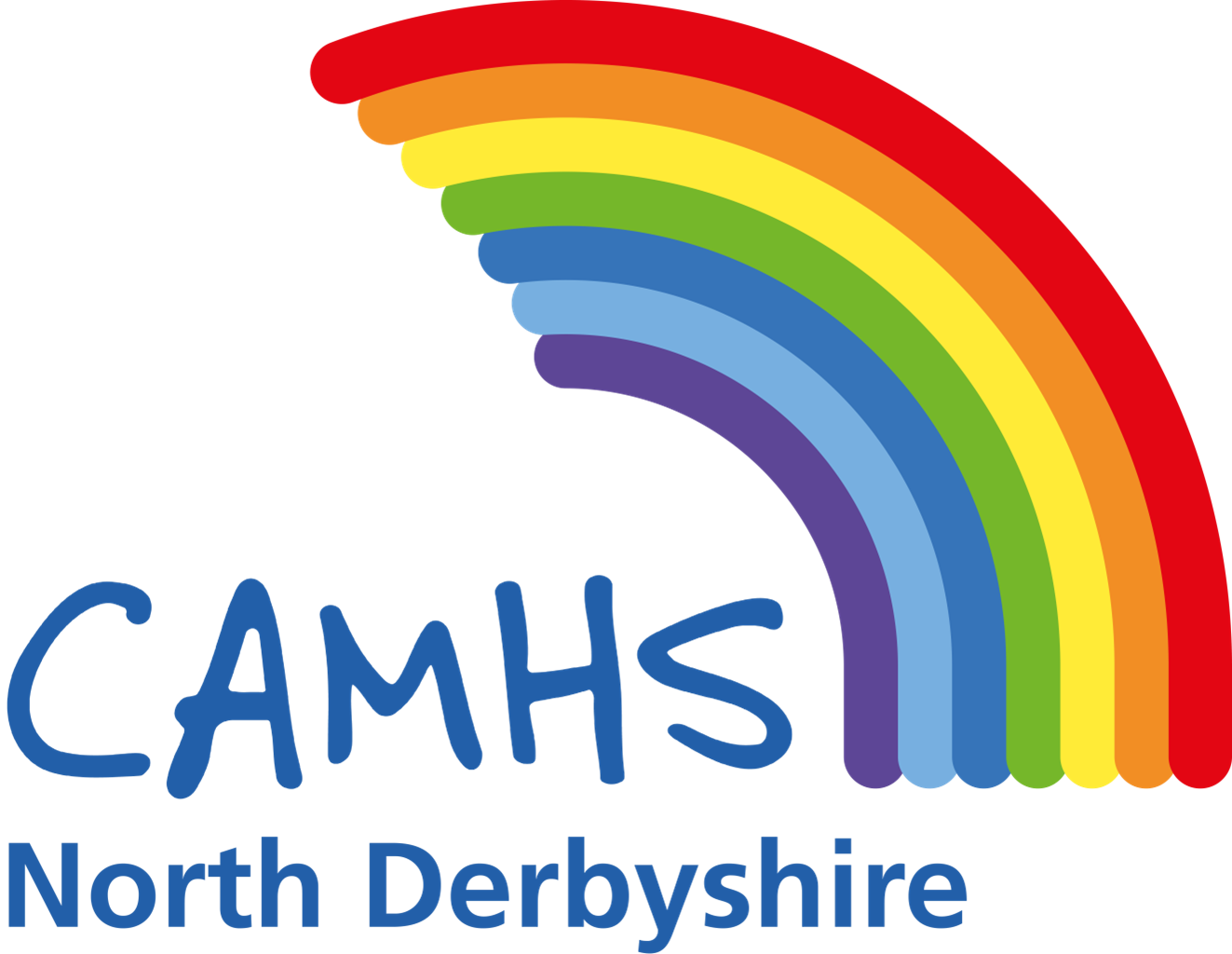Positive Behaviour Support (PBS) for young people with Autism
What is PBS?
PBS is based on the beliefs that all behaviour happens for a reason, and that behaviour can change.
In addition to other appropriate mental health interventions, we use PBS approaches for young people with Autism. PBS can be useful for young people with Autism Spectrum Disorder (ASD) as a complement to other approaches, as it provides a framework to consider changes and adaptations to the environment, that in turn help to reduce situations that people with Autism may find distressing.
PBS aims to:
Reduce anxiety and stress for the young person and their family, for instance by looking at environmental changes
Enhance quality of life for the young people and their family
Provide skills to help the young person meet their needs (this is also reflected in adapted CBT work)
Give families and the wider system skills and strategies to support the young person.
PBS is values-based and does not use punishment or aversive approaches. As with any intervention, PBS requires commitment and time to promote a positive behaviour change.
In CAMHS, we celebrate the young person’s neurodiversity. We believe in altering the environment and people’s responses, to meet the young person’s needs; in order to support their individuality and enhance their wellbeing.
PBS in CAMHS compliments other mental health interventions as is appropriate and provides the foundation for other support.
What does PBS look like?
1) Assessment of the behaviour (called ‘functional assessment’)
Like going to the GP, we will ask lots of questions about the young person strengths and difficulties, and the triggers and functions for their behaviour. We do this with parents / carers, and the young person themselves, if they are willing and able to. This helps us to determine which support strategies will be helpful, so that we can tailor our advice to the individual.
2) Understanding of the behaviour
Based on the idea that ‘all behaviour happens for a reason’, the assessment helps us develop an understanding of why the behaviour occurs, what maintains the behaviour, and the pattern of the behaviour over time.
3) Development of an Autism Support Plan
In PBS, strategies are organised into three phases, colour coded like a traffic light system. These map onto the emotional arousal scale above. We will work with you to develop a plan which includes the strategies below:
Primary strategies – aimed at preventing the onset of distressed behaviour
Secondary strategies – aimed at preventing the escalation of distressed behaviour following a trigger
Reactive strategies – aimed at stopping / reducing distressed behaviour when it is occurring
The aim of the Autism Support Plan is to help other people understand the young person’s neurodiversity and improve their quality of life.
How can I find out more?
We have lots of useful information on our CAMHS website, including short webinars which introduce PBS and explain how to use it:
https://www.camhsnorthderbyshire.nhs.uk/helpful-videos-positive-behaviour-support-pbs

